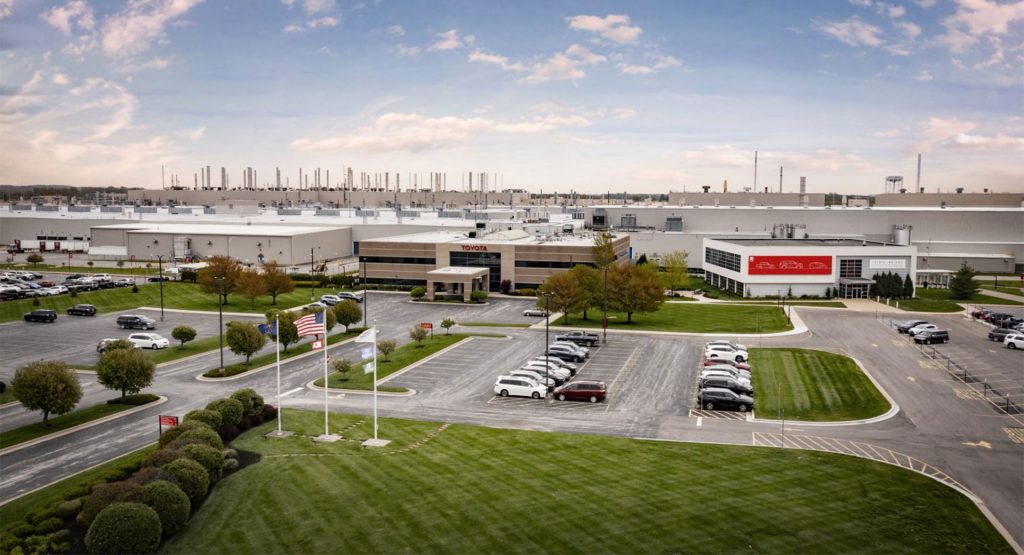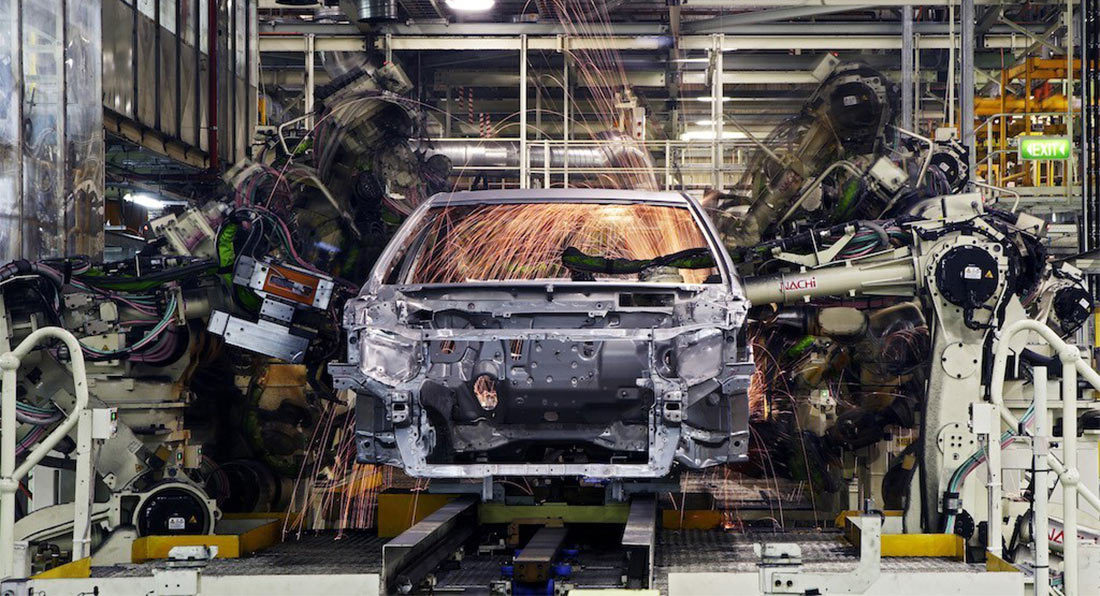Toyota has announced a partnership with technology startup Invisible AI to install thousands of intelligent devices that will track the joint and eye movements of workers on the automaker’s North American production lines.
The device from Invisible AI consists of a camera, processor, and 1TB of storage and can track 17 individual joint movements. One device will be installed at each workstation and use data to identify motions that could cause injuries to workers, as well as physically onerous tasks. The system can also detect simple defects in real time, such as when a worker may not make a proper connection. The system does not use facial recognition.
The aim of the system is to improve efficiency and productivity. Toyota will initially install about 500 of the Invisible AI units at its Princeton plant which is currently undergoing an $803 million renovation. The devices will first monitor roughly half of the plant before being expanded to the other half at a later date.
Read Also: Cold Weather May Cause Backup Camera In The 2022 Toyota Tundra To Cut Out
“All the methods [companies] use right now to measure productivity, to measure throughput, to find bottlenecks — those are things that someone comes on the line and just does five examples or maybe 20,” co-founder and chief executive of Invisible AI, Eric Danziger, told Auto News in a recent interview. “But they’re not doing 6,000 because they don’t have the ability to do that level of time statistics. They don’t have the ability to see across shifts, across operators, across all these different dimensions.”
Danziger notes that the device is completely self-contained and doesn’t need to send data to a centralized hub. The system should also reduce the root cause analysis time that’s usually spent during defect studies and safety audits.
“Big data is crucial for process optimization and flexibility,” added Toyota’s group vice president of vehicle production engineering and the Manufacturing Project Innovation Center, Stephen Brennan. “But with datasets so large and complex, it becomes difficult to process using traditional data processing applications. [Invisible AI] is relatively easy to use by production team leaders and group leaders, and the data analysis is done on-site, minimizing the need for large network infrastructures. We’re looking to use Invisible AI to bridge that gap for the human component of manufacturing.”





